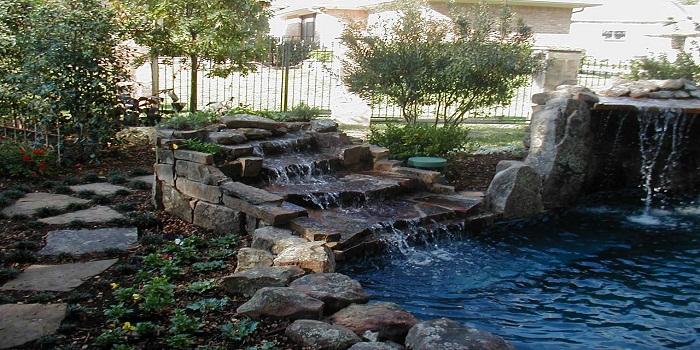
How to Choose the Right External Pump for Your Pond
Pond pumps can be submersible or external. Submersible pumps are a good choice for small ponds that have less than 1000 gallons of water, whereas external pumps are more energy efficient when used for larger ponds, especially since they can handle better larger water flows. Also, external pond pumps have a lower maintenance cost in the long run because they don’t suffer from clogging like submersible pumps do. Almost all external pumps available in stores use an electric motor. When buying an external pump you should consider the following product characteristics: low head/high head, voltage, flooded suction/self-priming, and speed. Low Head Versus High Head In most shops you’ll find external pumps divided into two sections: low head and high head. To find out what type of pump you need for your pond you need to calculate the total dynamic head for your pond, for which you must determine the height of your water feature, the length of the run of pipe, and the pipe’s diameter. You must also consider the fittings you will use. Determining the total dynamic head is necessary to find out what flow power (GPH) your pump needs. In general, when your water feature is high and your pipe long, you need a high head external pump. As a first time buyer it can be tricky to calculate the total dynamic head for your pond, and although you will find on the Web methods and charts that will help you, it’s always best to talk about this with the provider of the pump, to avoid making mistakes. What you don’t want to do is buy an external high-head pump without doing the math, and then expect it to work well for your pond. The consequences of choosing the wrong pump include a distressing electricity bill and potential damage to your pump and other components of your pond aeration system. Voltage In terms of voltage, smaller, more affordable pumps tend to be work with 115 volts, whereas more powerful ones with 230 volts. Some pumps like Easypro External Low Head Pump – 4500GPH have dual voltage motors, and while they are shipped as 115 volts, they can be field changed to 230 volts. The widely held belief is that with a 230 volts you spend less money on electricity, but that is not always true. In general, for large pumps it’s best to go with 230 volts. The choice of voltage ultimately depends on the electrical system you have. Adapt the pump to your system. Flooded Suction Versus Self Priming A flooded suction pump must have a constant supply of water to work, and usually requires to be placed in a small well made close to the pond. On the other hand, a self-priming pump can pull water to itself from short distances and doesn’t require a well, which makes it easier to install, and for most customers, more convenient. Speed Finally, you have to consider the speed of the pump. Some pumps offer two or more speed settings, so you can run them on an energy efficient mode. This is a feature worth having. Choose the external pump for your pond with care!